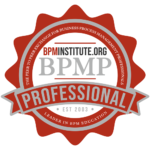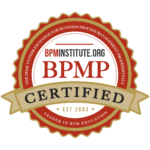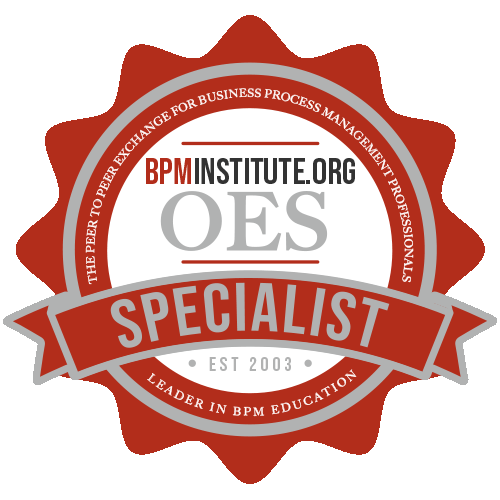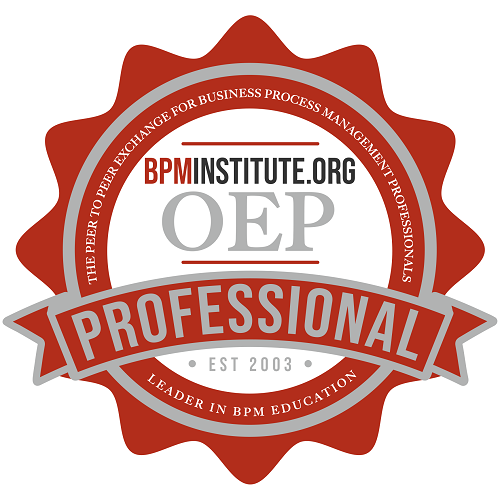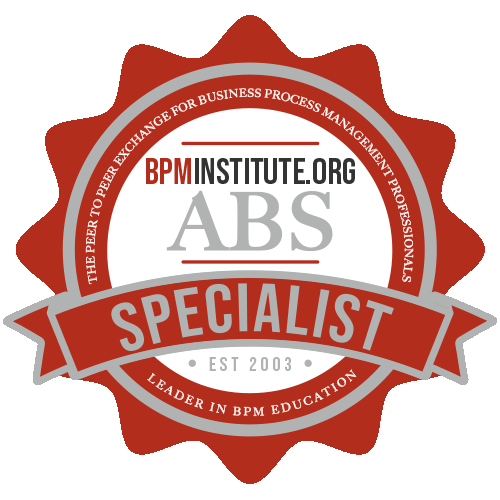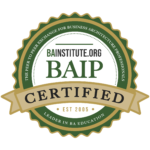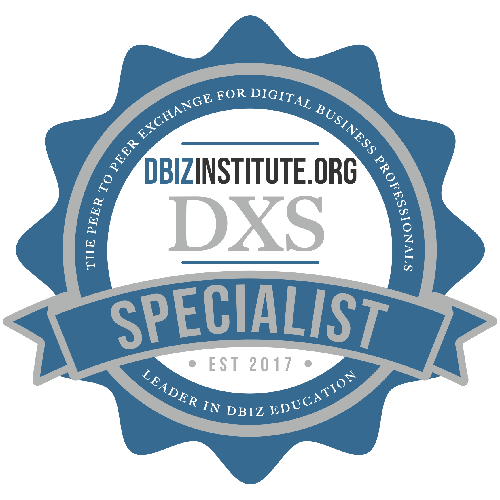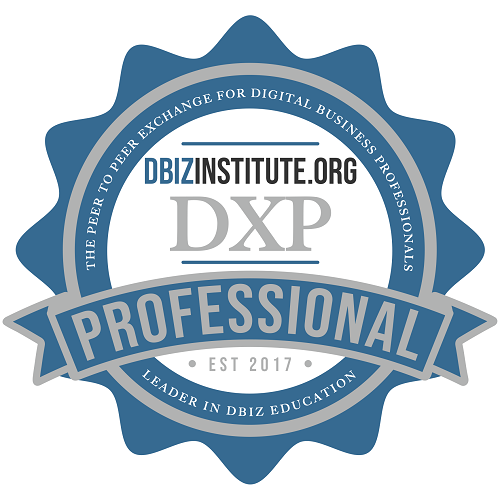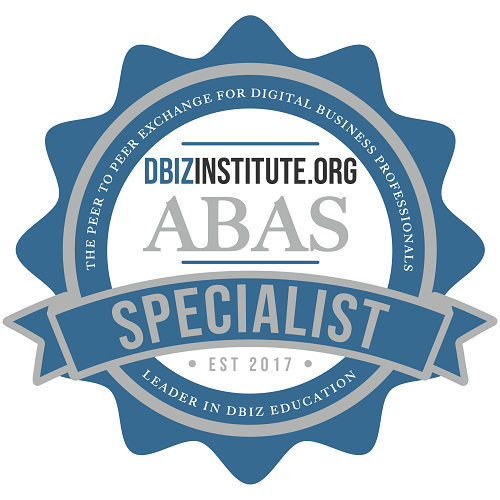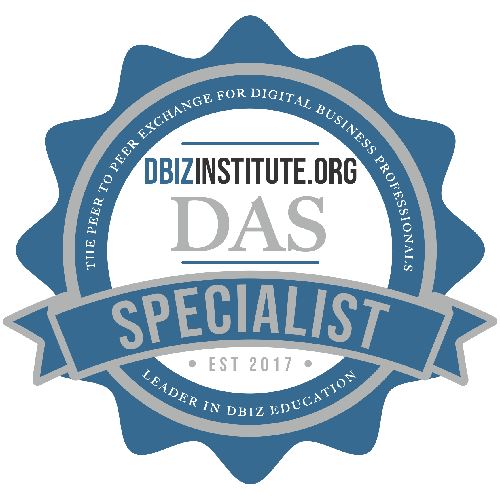“Cool” is not a word I would normally apply to IBM’s BPM software, but for the new BPM BlueWorks offering announced at Impact this week, the term is appropriate. IBM bills BPM BlueWorks as a BPM community in the cloud, and it is that, plus a lot more. Actually, I think its greatest immediate impact could be to transform the market for business process analysis (BPA) tools.

Don’t Panic, It May be Simpler than you Think! Business Processes and Business Rules need not be Complex
Introduction:
Is SOA Governance a Confused Mess or Competitive Weapon?
The concern about SOA governance has ratcheted up as enterprises are aggressively looking for ways to get more value out of their existing services and resources (which is a perennial promise of IT solutions). In perusing the increasing commentary on the topic, it seems to me that SOA governance – what it is, its goals, its success requirements, its solution requirements, etc – is highly dependent on the perspective of the people involved.

The Business Architecture Ecosystem & Metamodel
Business architecture ties together a diverse ecosystem that represents your enterprise from a wide variety of perspectives. These include strategies, tactics and goals; business units; semantics and rules; capabilities, value chains and processes; projects and initiatives; and customers and suppliers. These business “artifacts”, along with the relationships among these artifacts, are the essence of business architecture. The complexity of most organizations is such that the business ecosystem cannot be readily visualized by the individuals managing and working within that ecosystem. By representing business artifacts in the business architecture metamodel, the ability to visualize complex business ecosystems becomes a reality.
Improving Business Performance
Performance, whether on a stage of theatre or business, is all about “making it happen”. Whether a Shakespearean tragedy or strategic business initiative, the performance of the organizational unit is what produces results. The math is simple: One, someone writes the play (strategic plan). Two, everyone in the group rehearses their parts (departmental and individual performance plans). And three, the troupe orchestrates individual performances into a unified group performance (execution of tactical plans providing goods and services to customers).

BPMS Watch – Five Things They Left Out of BPMN 2.0
Last month I gave you five things to love about BPMN 2.0. This time it’s five they left out. As a member of the development team, I understand why they were left out. And as a BPMN educator and author looking to add value on top of the standard rather than just to summarize the spec, I’m glad they gave me room to do that.

Strategies for developing a Roadmap for your SOA initiative
There has been a lot of chatter lately about SOA failures, the “Death of SOA”, and Big SOA vs Little SOA. Many IT departments have been struggling to deliver the ROI that they promised their executive team when they raised the capital to start their SOA initiatives. There are two major reasons for these lack of desired results. First and foremost, is a lack of focus on architecture. Second is a lack of a well defined roadmap. Many, including myself, have written articles about the lack of focus on architecture. In this article I will provide a strategy for putting together a roadmap.

Is Your Change Management Program Impacted by Change Saturation?
Is Your Change Management Program Impacted by Change Saturation? Your Change Management program is in place and communications are going out regularly, but you find your associates disengaged, confused and very skeptical of the upcoming change. You talk regularly with your team and other associates, but you feel like you’re dealing with a disproportionate emotional reaction to each change-related communication that goes out. Do these situations sound familiar? If your Change Management initiative contains all the key components for success and you have been diligent with its implementation but still find the people within the organization unresponsive, you could be dealing with change saturation.

Business Process Management and Cloud Computing
Cloud Computing is changing the fundamental way in which information technology services are being delivered. It is also spawning a whole new series of terms and acronyms like Software-as-a-Service (SaaS), Platform-as-a-Service (PaaS), Infrastructure-as-a-Service (IaaS), Business Operations Platform (BOP), Public Cloud and Private Cloud. It seems as though new terms are being coined every day. As both established and emerging vendors move into the Cloud Computing marketplace the definition of Cloud Computing continues to morph.

Rocks in the stream: Applying Lean to IT, HR and Accounting
Finding the Customer
Customer focus is a critical element in lean thinking. Do you set the pace of production to the customer demand rate (the Takt time)? Is the Voice of the Customer (VOC) used in product and service design? The answer is always an emphatic “Yes”. The customer is always critical to improvement activities.


